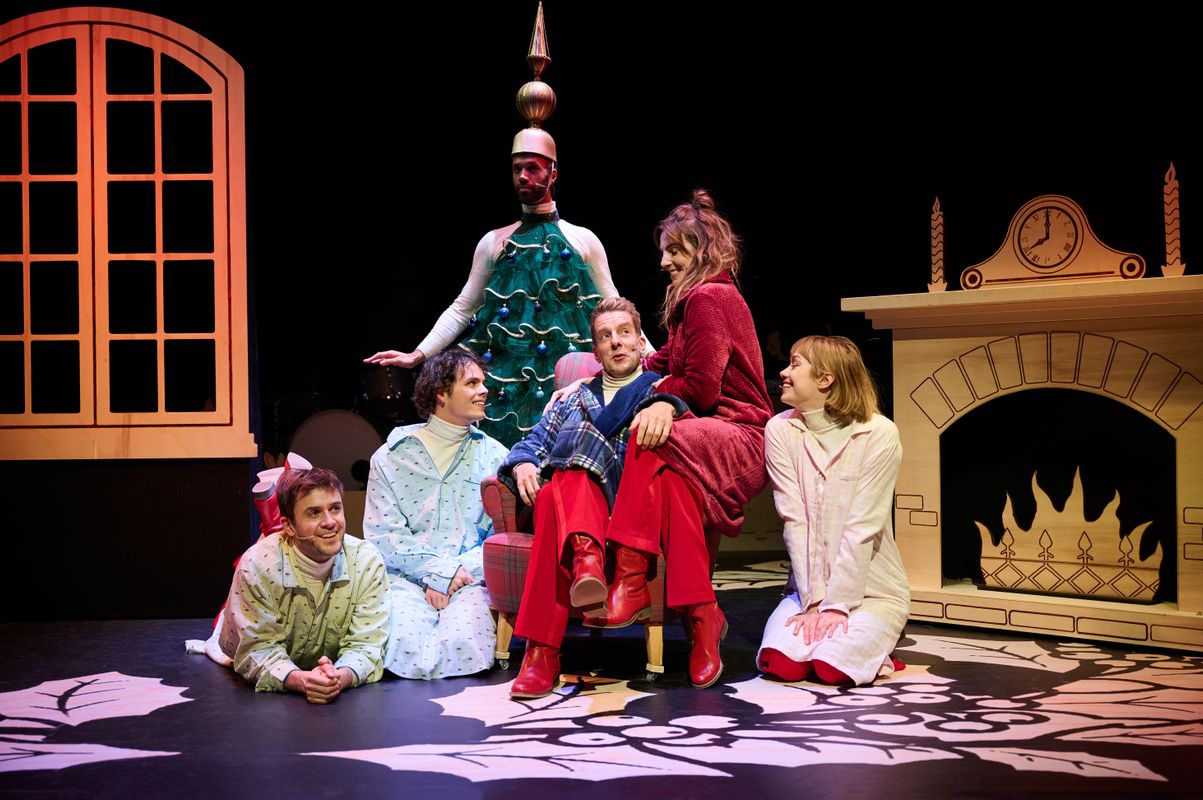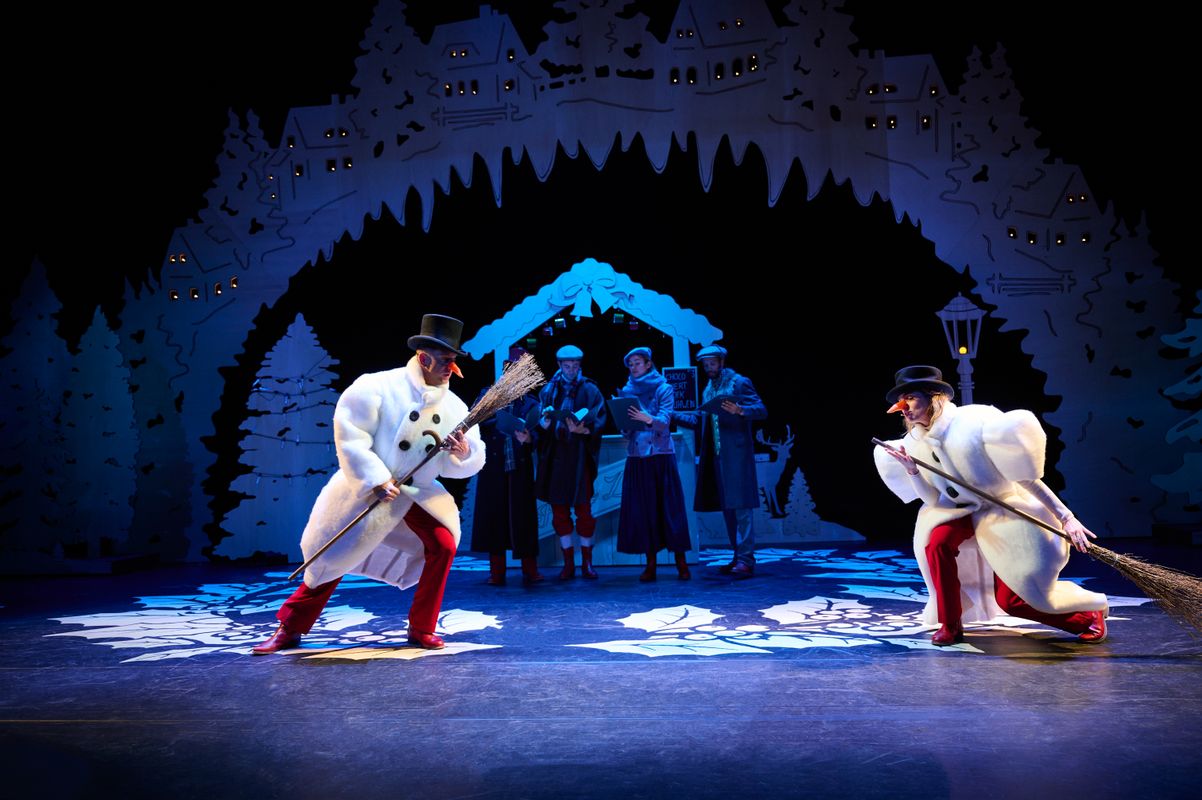
Snowponies: contemporary revue
8 December 2022, article
You might have seen or heard the Dutch phrase, ‘de revue passeren’. It is originally a military phrase to describe an inspection of arms, for which the troops would ‘pass before’ an officer’s critical gaze. But the term ‘revue’ is also at home in the world of theatre. So what does it mean there?
‘Revue’ refers to a genre that first emerged in France in the early nineteenth century, in which recent social or national events or public figures were reviewed through comical songs and sketches (‘revue’ means ‘review’ in French). The genre picked up steam after 1880, with the revue shows becoming more spectacular, sometimes with erotic undertones.
The genre developed in different ways outside France, so that the term ‘revue’ has different associations depending on the country. In the Netherlands the emphasis was on short sketches and comical songs, while it wasn’t uncommon in England, France and the United States for scantily clad ladies to take to the stage as well. These were large-scale productions, and tickets weren’t cheap. That’s why audiences generally consisted of the higher middle-class.
Revue shows in the Netherlands were mainly popularised by Henri ter Hall. He was a comedian, politician and theatre producer, and he produced dozens of revue shows between 1898 and 1928. Shows with titles like Schots en Scheef (1912), In het Gedrang (1915) and Afkloppen! (1917) earned him the title King of the Revue.
A new competitor
In the second half of the twentieth century, many revue theatres came up against a new strong competitor: television. Soon enough, many revue theatres were forced to shut down, and various revue-type shows were now broadcast on television. There was the legendary duo Mini & Maxi (played by Karel de Rooij and Peter de Jong) with their Clowns in Gloria, which was broadcast in 1982. Their theatre show Sprakeloos became a major international success.
Nowadays revue shows are pretty much a thing of the past, unless prominent figures in the world of TV and theatre team up for the purpose. A good example was the programme Nieuwe Revue (2008-2009) featuring the famous Dutch comedian André van Duin.
The revue today
But today we have Alex Klaasen, who has breathed new life into the revue genre. Often described by the media as ‘modern revue’, Klaasen developed the genre with his Showponies shows. For his Showponies 2 he even won the award for the most impressive cabaret programme, the Poelifinario.
About his Showponies shows, Klaasen says: “I spent years nosing around in all sorts of genres, retaining what I liked and dropping what I didn’t. Yes it is revue, but then in a contemporary garb and faster paced.” This also applies to his new show, Snowponies, een ‘Merrie’ Christmas.
Whereas artists previously had to keep their satire in check with regard to Christmas, this revue is full of hilarious sketches and musical highlights. For example: a sketch involving three kings who bear an uncanny resemblance to a well-known trio of Dutch singers (‘de Toppers’), and a battle between the ox and the donkey in The Voice Bethlehem, and there’s the Mariah Carey from the southern province of Limburg. Clearly, then, Snowponies, een ‘Merrie’ Christmas is the best medicine during the darkest days of the years.
Curious?
What's On
-
-
Thu 5 Jan ’2319:00 - 20:15
-
Thu 5 Jan ’2321:00 - 22:15
-












